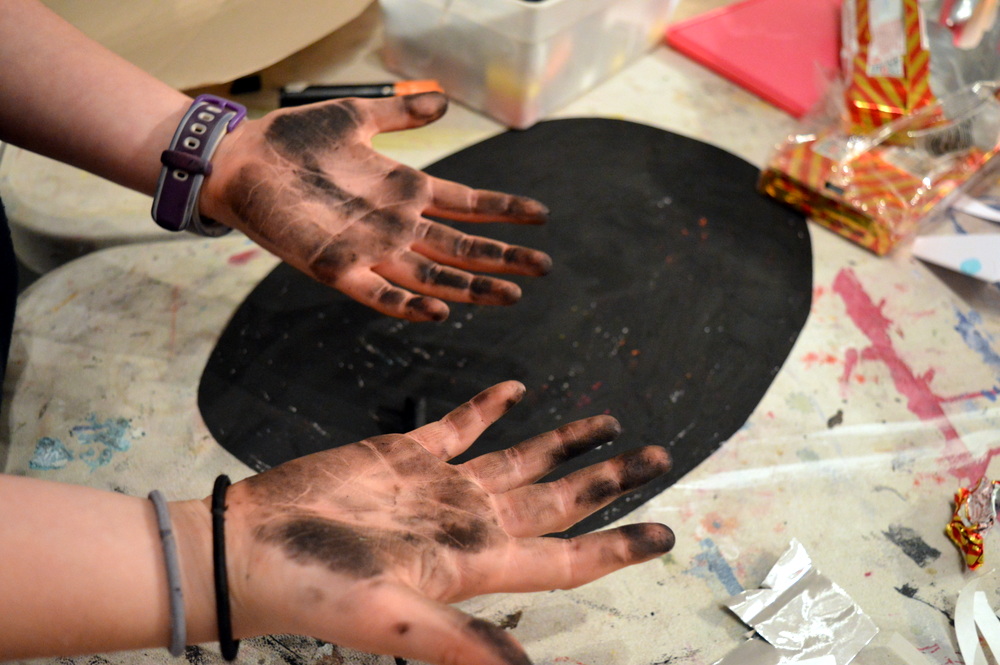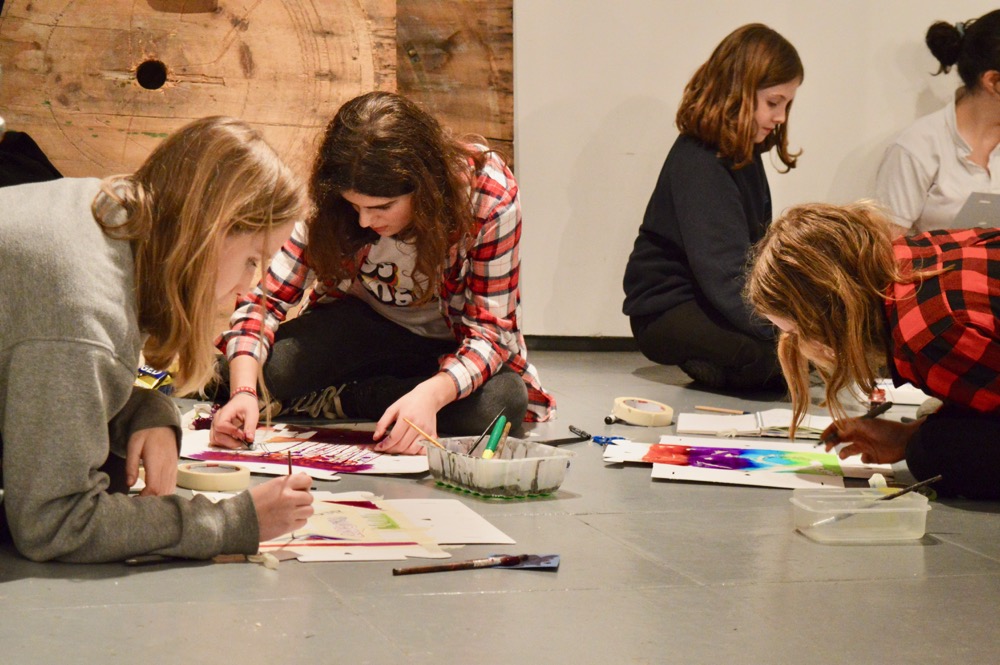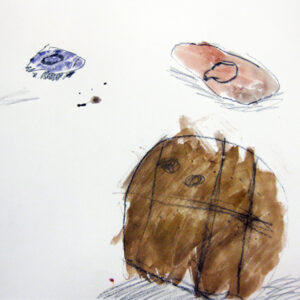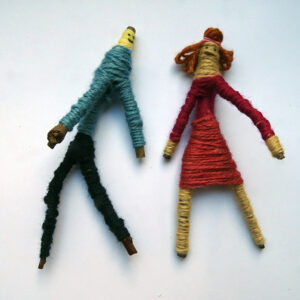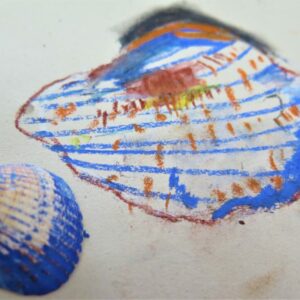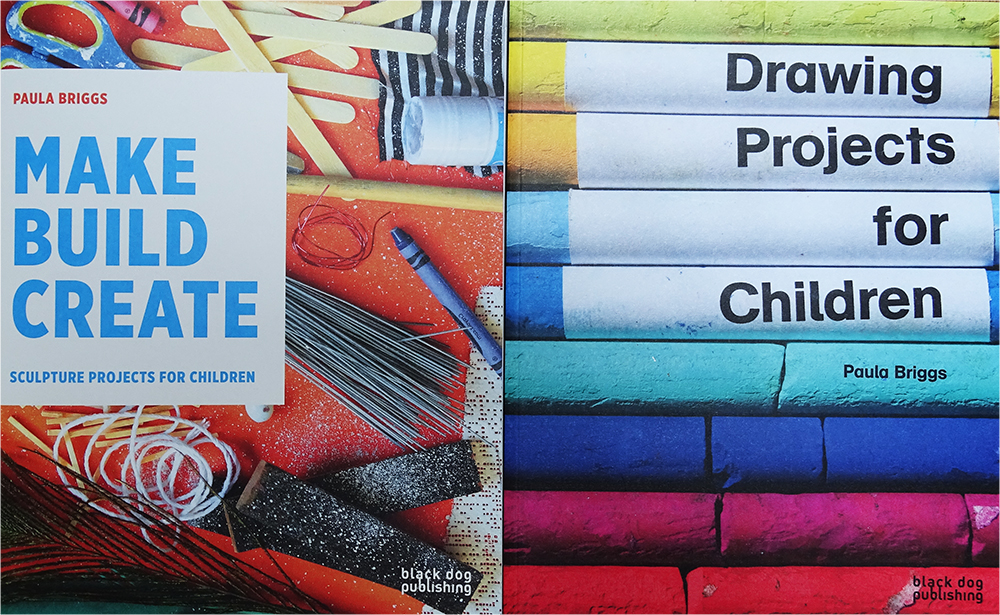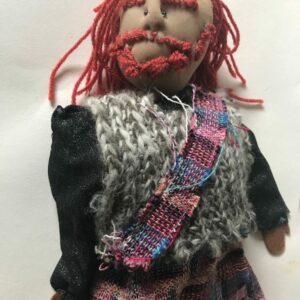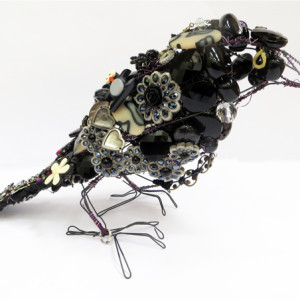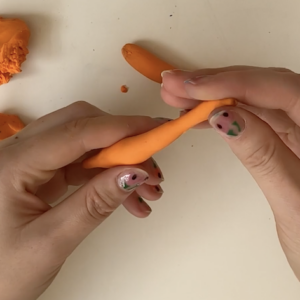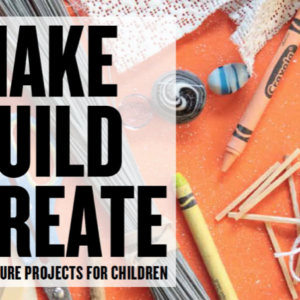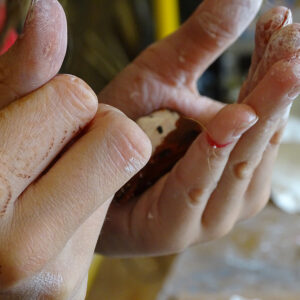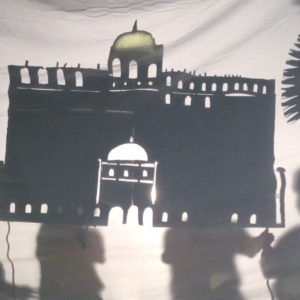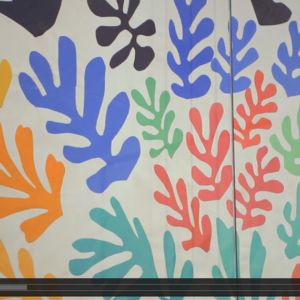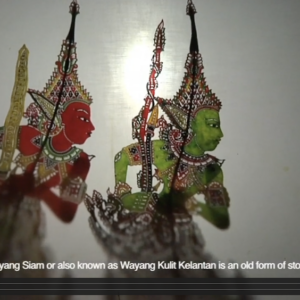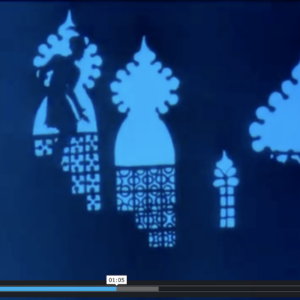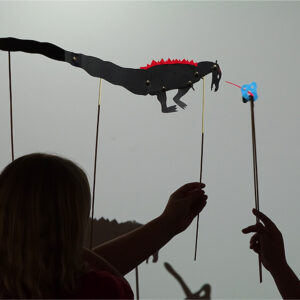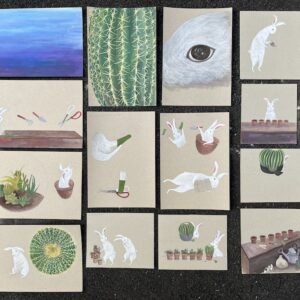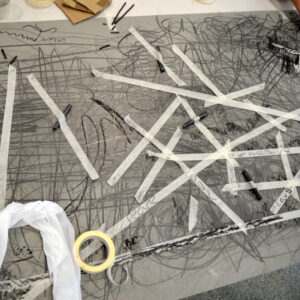By Paula Briggs
Here’s a simple but effective exercise we used with children aged 8, 9 and 10, to help them explore a new way of seeing and drawing.
We were drawing semi-precious stones as part of a drawing/making project at an AccessArt Mini Art School session. As part of our sketchbook work, the children made a number of drawings in various media, and in this exercise I invited the children to try to see (and represent in their drawing) the feeling of structure and volume within the semi-precious stones.
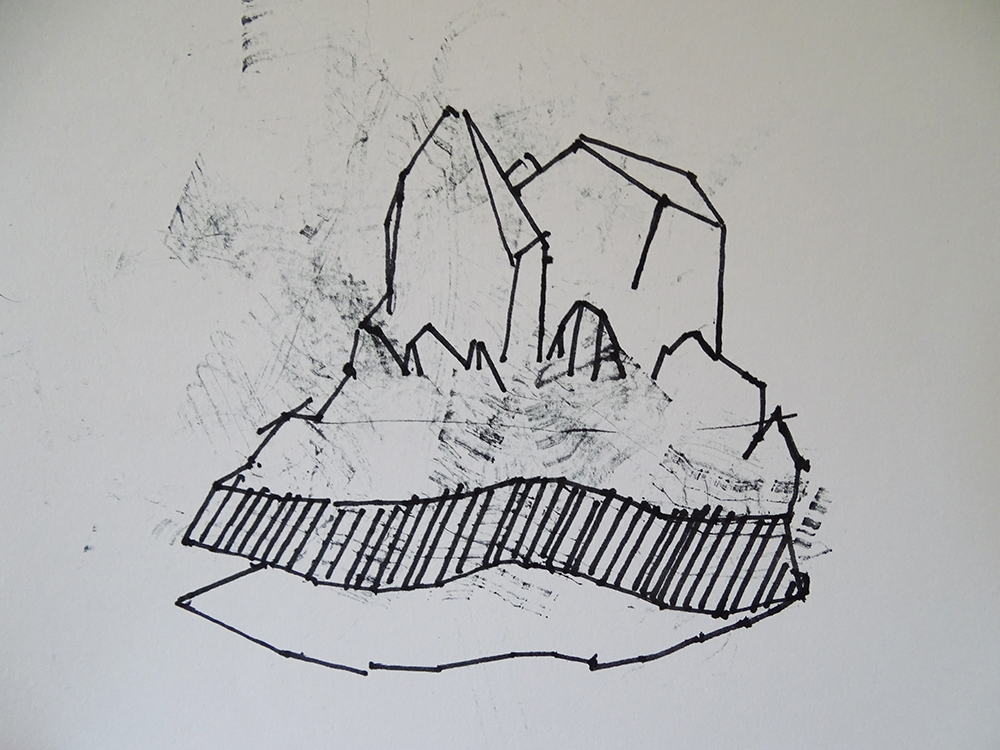
To access all content, I would like to join as…
AccessArt is a UK Charity and we believe everyone has the right to be creative. AccessArt provides inspiration to help us all reach our creative potential.
